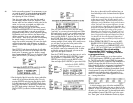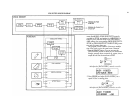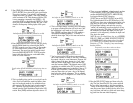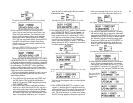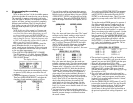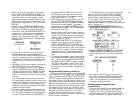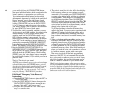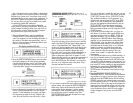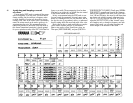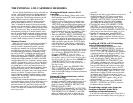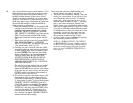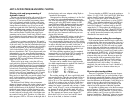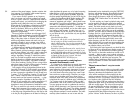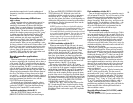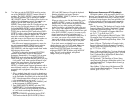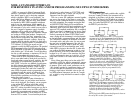
Analyzing and keeping a record
of voices
You can use the EDIT mode to examine all the param-
eters of each preset... or of any voice. You don't have to
change anything, but the envelope or frequency ratios
or touch sensitivity of a voice may be useful to you in
creating a new voice. In the event a voice is accidentally
erased, the written record can be used to guide you in
reprogramming the voice. We recommend using the
handy form provided on the inside of the back cover of
this manual (unrestricted permission is hereby granted
for you to reproduce as many of the DX7 Voice Data List
forms as you wish). The accompanying form has been
filled out as you might do it to describe the voice created
in the Tutorial section of this manual.
In fact, we recommend using the EDIT mode to ana-
lyze and record the parameters of several preset voices
strictly as a learning tool for you. Play the voices, look at
the way the voice is programmed, and try to understand
how the settings affect the sound and touch of the voice.
Here's a hint on how to make useful edits on complex
voices without excessive analysis or trial-and-error.
Select a voice such as a flute, french horn, piano, etc.
Then press [EDIT/COMPARE], and press [OSCILLA-
TOR FREQUENCY-COARSE]. Finally press [OPERA-
TOR SELECT] repeatedly and examine the frequency
ratios for the 6 operators. With most voices, you'll see a
lot of 1.00 and 2.00 ratios, but mixed in with these there
may be one ratio which is unusual, a fine-tuned ratio
like 1.53, or a a very high ratio like 24.00. If you then
adjust the [OUTPUT LEVEL] of that "unusual" opera-
tor's frequency ratio, or change its frequency ratio with
coarse or fine control, you can make interesting and
useful changes to the character of the sound.
48
DX7 VOICE DATA LIST



